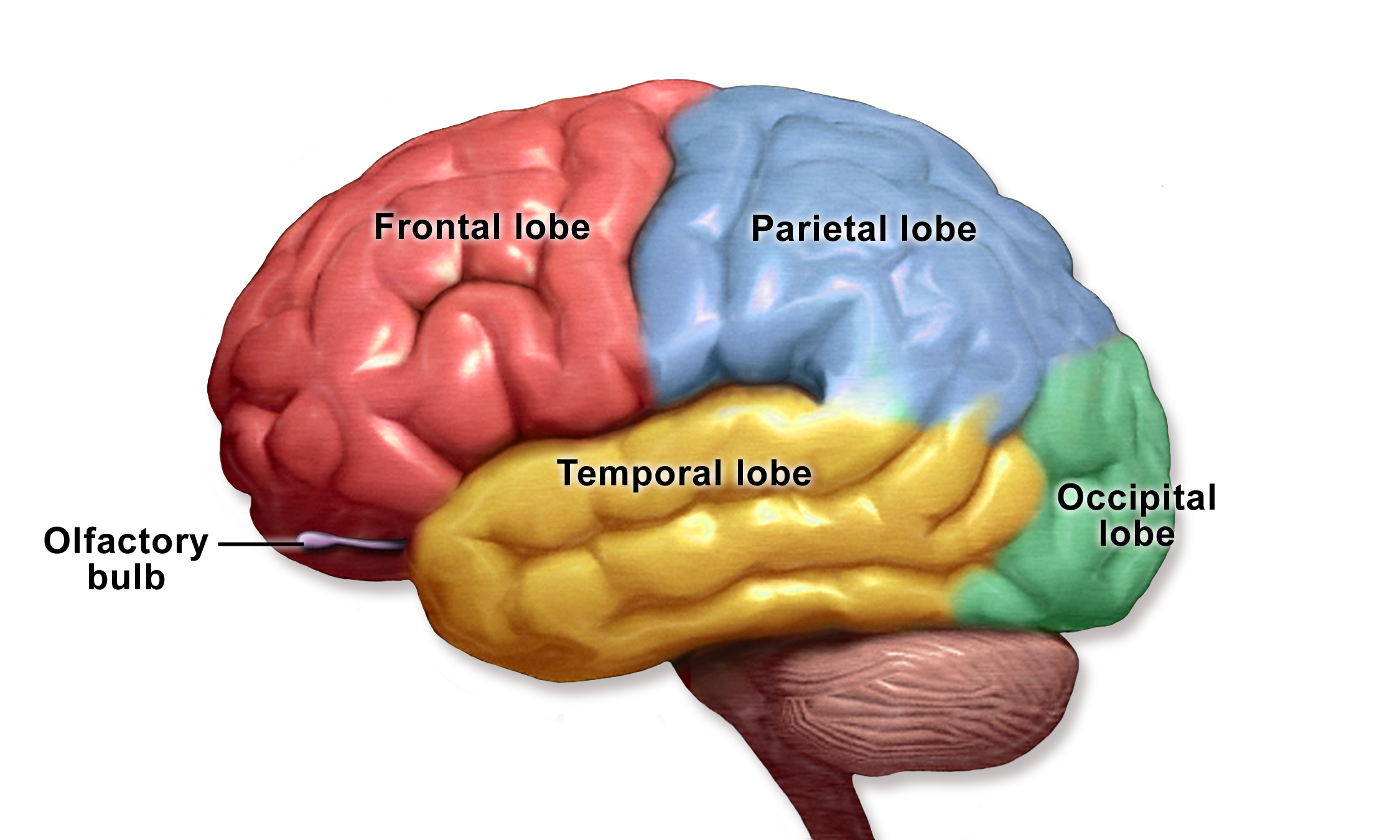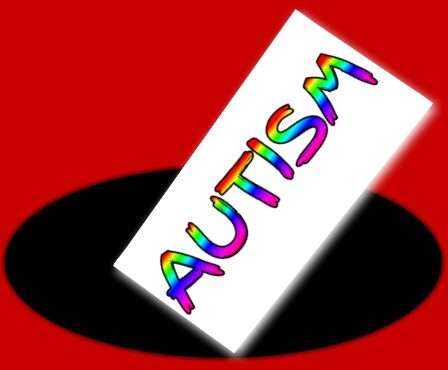This blog post explains what epilepsy is, what my experience is like, how I live with epilepsy and how it likely it is to develop alongside autism as a comorbid condition.
What is epilepsy?
Epilepsy is a medical condition which is characterised by what is known as seizures. A seizure is an abnormal level of electricity inside the brain. Seizures are varied in their duration and how they present, according to the area(s) of the brain affected and the age of the person or individual. Seizures can be characterised as petit-mal and grand-mal (tonic-clonic) types.
Types of seizures
Petit-mal
A petit-mal seizure or absence seizure is a seizure in which an individual becomes unresponsive and loses conciousness for a brief period of time. The loss of consciousness is varied, and is usually not a full loss of conciousness. When the individual recovers, there may be rapid blinking of the eyes and confusion. If moved, the individual may wonder as to how they got from one place to the other.
A petit-mal seizure is usually sudden in onset, and pets can pick up on this. Petit-mal seizures will usually last for around 10-20 seconds before recovery occurs. A petit-mal seizure can also involve no movement of the body, making the individual appear as if they are daydreaming or frozen. When this happened to me as a young child, I wouldn’t know that I “tuned out” for a little while.
Grand-mal (Tonic-clonic)
A grand-mal, or tonic-clonic seizure occurs when there is a sudden loss of consciousness (blackout), followed by a large amount of involuntary shaking. This seizure type can last for a few minutes or longer. The first symptoms of a grand-mal seizure will be a contraction of the muscles which will progress suddenly to involuntary shaking.
If the affected individual is standing or sitting, this seizure will cause the individual to fall over, which can cause further injury. It is normally assumed that tonic-clonic seizures are caused by epilepsy – they only account for 10% of all seizures in epilepsy. When recovery occurs, the individual who experienced this seizure may be confused. Seizures that last more than 5 minutes are considered medical emergencies.
How prevalent is epilepsy with autism?
Epilepsy can co-occur with autism. 12% of people with autism develop epilepsy as a comorbid condition. This percentage increases in people with intellectual disability (Autism Awareness, 2022). With temporal lobe epilepsy, this can make the individual become violent and emotionally unstable before their very first seizure happens 6 months later. Usually, this violence and personality change subside once the epilepsy has fully developed.
Is there a way to manage epilepsy?
It is possible to manage epilepsy using anti-convulsant medications, although they may not work for everyone. For me, taking Sodium Valproate is an effective measure against seizures. About 70% of epileptics can lead a normal life with epilepsy medication (Wikipedia contributors, 2023).
What is Temporal Lobe Epilepsy?
Temporal Lobe Epilepsy (TLE) is epilepsy on the sides (temporal lobes) of the brain. The cause of this epilepsy is unknown. Unlike photosensitive epilepsy, seizures aren’t usually triggered by flashing lights or screens.

In my experience, migraines have preceded seizures, though not always. Sometimes, I have experienced seizures with mild headaches. This is why we take any form of headache extremely seriously for myself, as it can be a warning that I am about to have a seizure. After a seizure, I usually have little to no recollection of the events that happened prior to, and during the seizure. This can include an entire day before the seizure.
Brain animation 🧠
This is a 3D model of the brain I created in the 3D modelling software Blender 3.4.1. This video clip (formerly a GiF) is copyrighted by Zachary Wright
References
Wikipedia contributors. (2024, July 20). Epilepsy. In Wikipedia, The Free Encyclopedia. Retrieved 12:41, July 21, 2024, from https://en.wikipedia.org/w/index.php?title=Epilepsy&oldid=1235616006
Wikipedia contributors. (2024, May 11). Absence seizure. In Wikipedia, The Free Encyclopedia. Retrieved 12:42, July 21, 2024, from https://en.wikipedia.org/w/index.php?title=Absence_seizure&oldid=1223292676
Wikipedia contributors. (2024, May 25). Generalized tonic–clonic seizure. In Wikipedia, The Free Encyclopedia. Retrieved 12:43, July 21, 2024, from https://en.wikipedia.org/w/index.php?title=Generalized_tonic%E2%80%93clonic_seizure&oldid=1225553228
Autism Awareness Australia. (2022, March 10). Epilepsy and autism. https://www.autismawareness.com.au/aupdate/epilepsy-and-autism
Epilepsy Action Australia. (n.d). Managing epilepsy. https://www.epilepsy.org.au/about-epilepsy/managing-epilepsy/
Princess Lilli Lilac

Although Lilli has nothing to do with epilepsy (except that animals can have seizures), she does help keep me calm and relaxed. We have been inseparable since the day she arrived, and we continue to maintain a strong bond.
Conclusion
That’s it for epilepsy. I hope you have learned something about epilepsy today, and how I experience it. See you on the next blog post.
Important disclaimer: The content provided in this blog post is from my experience with epilepsy and is not to be relied upon for medical advice. Please consult a medical professional for advice on autism and epilepsy.
